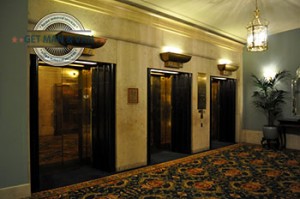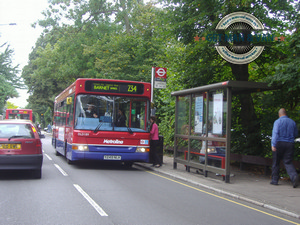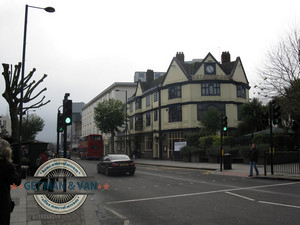The amount of items and pieces of machinery that we take as a given in our everyday lives is simply overwhelming – no one can deny that. And even though we don’t notice their presence, if for some reason or another we are left without them, the disturbance we are going to feel would be quite impressive. Elevators are one of those things.
 Elevators are an integral part of modern society, quite like cars, airplanes and fast-food. They have both commercial and residential purposes, come in various shapes and have the one thing in common that no high-raised building can efficiently function without them. Imagine your horror when if you live on the eight floor and the lift is out of order. No imagine how difficult it would be to operate a man and van moving service in a built up urban area where the flat buildings can reach up to ten or twelve floors! See our point?
Elevators are an integral part of modern society, quite like cars, airplanes and fast-food. They have both commercial and residential purposes, come in various shapes and have the one thing in common that no high-raised building can efficiently function without them. Imagine your horror when if you live on the eight floor and the lift is out of order. No imagine how difficult it would be to operate a man and van moving service in a built up urban area where the flat buildings can reach up to ten or twelve floors! See our point?
But there was a time when elevators were not still invented. Even though according to some scientists there were similar constructions even in antiquity, the Industrial Age was what marked the birth of the modern elevator. This could not be a surprising fact, bearing in mind the amount of groundbreaking inventions that were made out of necessity in that period. Naturally, the first elevators were not in residential developments, and they were used mostly with the purpose of vertical transportation of raw materials up hillsides – mainly in coal and lumber. At that time they operated with steam power and those elevators were the forerunners of modern day freight elevators.
The second half of the 19th century saw the invention of most of the basic features elevators have even today. For example, the first shaft was built in 1853 in New York, while the hydraulic crane was the work of one Sir William Armstrong who completed it in 1846. The mechanism that prevents elevators from falling down in the shaft even in those cases when the rope breaks, which is the foremost safety concern in those types of devices. The presentation of this method was made by the New York based engineer Elisha Otis, at the Crystal Palace exhibition in 1852. It was five years later when on Broadway Street the first passenger elevator was installed. In any case, it was before the turn of the century when all the basic principles of work of the elevator were already found out and applied, even the hydraulic power that up to this day is the main source of motion power for elevators around the world.
New advances are naturally sought after at all times. For example, a decade or so ago in Argentina there was a proposition for vacuum elevators to be introduced commercially, and if you have watched the new lately, NASA plans to built an elevator to space, via which astronauts would reach the International Space Station. We can only guess what the future has to offer, so be on standby and expect anything.
About the Author:
Prev: « The Five Tallest Churches in the WorldNext: Life Hacks for the Most Stressful Situations »









